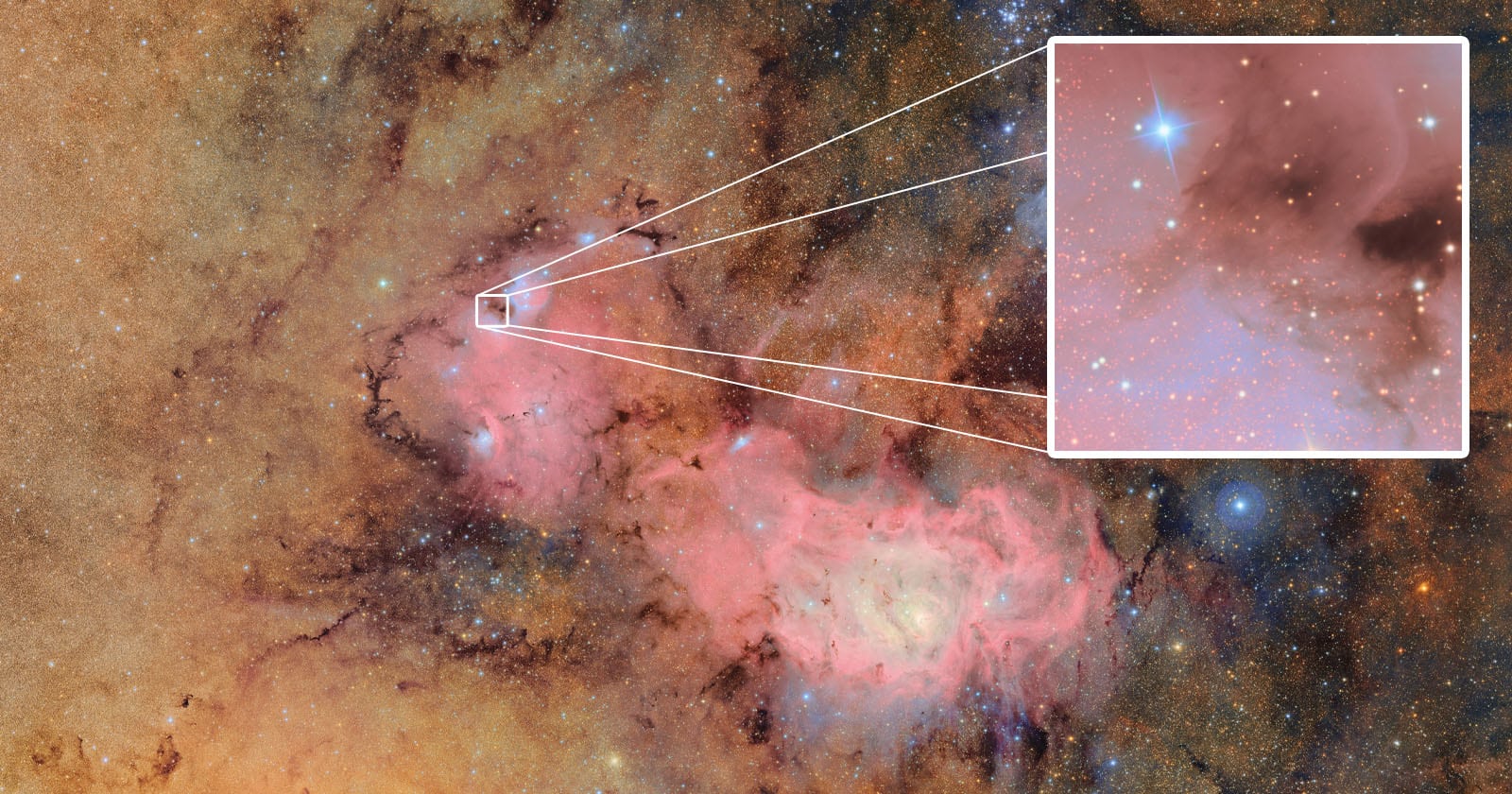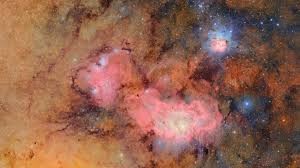Introduction: Cosmic Beauty From Chilean Skies
High in the Chilean Andes, the newly operational Vera C. Rubin Observatory has released its first public images, capturing vivid views of two distant nebulae—the Lagoon and Trifid. Situated on Cerro Pachón at over 2,600 meters above sea level, the observatory’s powerful instruments offer a stunning glimpse into the next era of sky observation. The images showcase the Rubin Observatory’s immense capability to scan the skies with unprecedented detail and speed using the Legacy Survey of Space and Time (LSST).
This debut marks the beginning of a decade-long mission to map galaxies, detect transient objects, and help understand the nature of dark matter—a critical component of the universe’s unseen mass.

Lagoon and Trifid Nebulae: Birthplaces of Stars
The images revealed during a livestream on June 23 depict two famous star-forming regions: the Lagoon Nebula and the Trifid Nebula, located about 4,000 light-years from Earth. These cosmic nurseries are composed of glowing gas and dust, illuminated by the young, hot stars forming within. The detail and color captured in these early images highlight the observatory’s high sensitivity and wide field of view.
According to Željko Ivezić, the observatory’s director, “This image demonstrates how Rubin can reveal the universe at multiple scales and over time, setting the stage for discoveries we’ve only imagined.”
Observing the Entire Southern Sky Every 3–4 Nights
Powered by the world’s largest digital camera, roughly the size of a small car, the Rubin Observatory will survey the entire southern sky every 3 to 4 nights. Its 8.4-meter telescope features a self-adjusting mirror system, enabling high-precision imaging across a massive sky area.
Each 30-second exposure will yield up to 1,000 high-resolution images, allowing scientists to track changes in space in near real-time. This rapid cadence is key to detecting transient phenomena, including:
- Asteroids and near-Earth objects
- Supernovae explosions
- Star formation and galaxy evolution
- Possible unknown cosmic events
Princeton University astronomer Yusra AlSayyad praised the system’s design, noting, “Rubin enables us to go beyond static snapshots. We’ll now witness the universe in motion.”
Mapping Galaxies and Dark Matter Distribution
One of Rubin’s most important scientific missions is to investigate the structure and composition of the universe itself. The telescope will play a crucial role in mapping galaxies and revealing the elusive distribution of dark matter, which accounts for roughly 85% of the universe’s mass.
Named after renowned astronomer Vera C. Rubin, who first provided compelling evidence for the existence of dark matter in the 1970s, the observatory is expected to expand on her legacy. As more data is collected, Rubin will allow astronomers to build the largest and most detailed map of the universe ever created.
Bringing Cosmic Discovery to the Public
The Rubin team has emphasized accessibility, aiming to include not just scientists, but the general public in its astronomical journey. With data streaming online and discovery dashboards accessible worldwide, viewers can follow live changes in space, making Rubin one of the most public-facing astronomy projects ever conceived.

Sandrine Thomas, one of the telescope’s lead scientists, remarked, “Rubin isn’t just a tool for science—it’s a window through which we’ll all watch the universe evolve, together.”
Conclusion: The Beginning of a Decade of Discovery
With its stunning first images of the Lagoon and Trifid Nebulae, the Rubin Observatory has declared its arrival on the global astronomy stage. From its mountaintop perch in Chile, this high-tech facility is set to capture the universe in motion, discovering transient events, mapping galaxies, and unlocking the secrets of dark matter.
The Rubin Observatory’s Legacy Survey of Space and Time will run for at least 10 years, capturing and analyzing billions of celestial objects. As construction wraps up and the survey begins, the cosmic story of the next decade is about to unfold—frame by frame.









